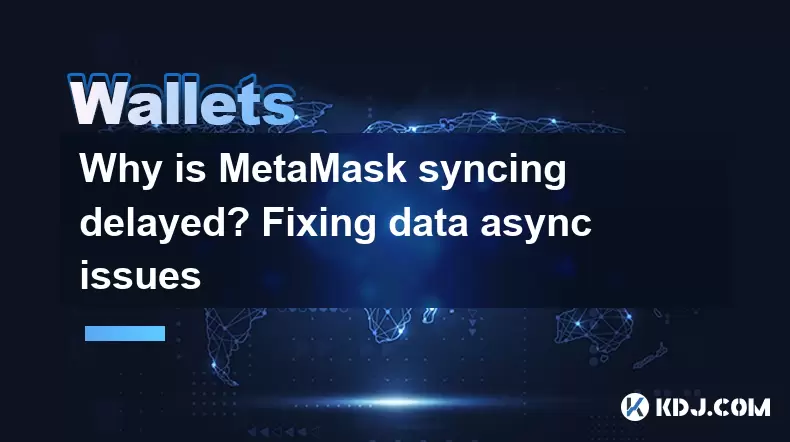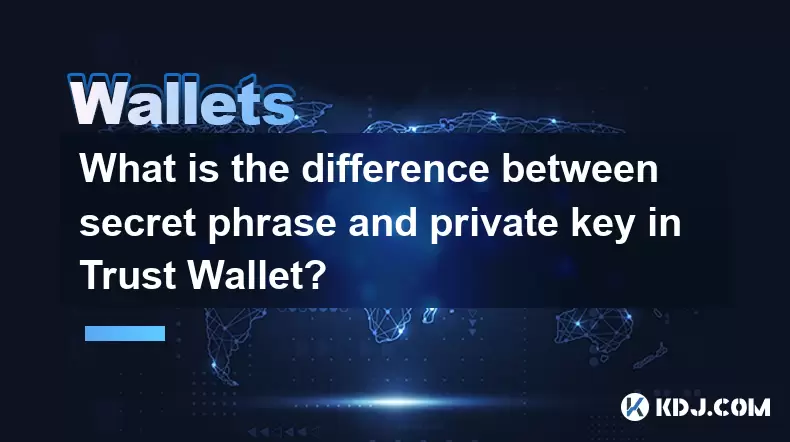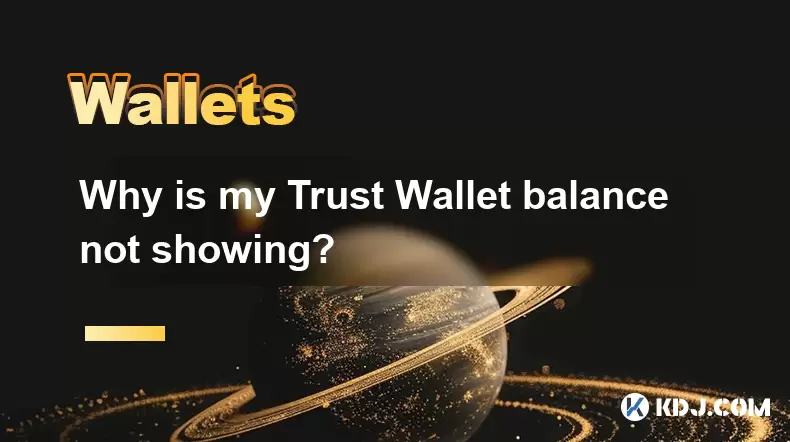-
 Bitcoin
Bitcoin $113900
-1.39% -
 Ethereum
Ethereum $3517
-4.15% -
 XRP
XRP $3.009
1.59% -
 Tether USDt
Tether USDt $0.9997
-0.04% -
 BNB
BNB $766.8
-1.41% -
 Solana
Solana $164.6
-2.38% -
 USDC
USDC $0.9998
-0.02% -
 TRON
TRON $0.3277
0.65% -
 Dogecoin
Dogecoin $0.2023
-1.67% -
 Cardano
Cardano $0.7246
0.05% -
 Hyperliquid
Hyperliquid $38.27
-4.77% -
 Sui
Sui $3.528
-0.52% -
 Stellar
Stellar $0.3890
-0.73% -
 Chainlink
Chainlink $16.16
-2.69% -
 Bitcoin Cash
Bitcoin Cash $539.9
-4.38% -
 Hedera
Hedera $0.2425
-2.00% -
 Avalanche
Avalanche $21.71
-0.97% -
 Toncoin
Toncoin $3.662
5.73% -
 Ethena USDe
Ethena USDe $1.000
-0.02% -
 UNUS SED LEO
UNUS SED LEO $8.964
0.35% -
 Litecoin
Litecoin $107.7
2.33% -
 Shiba Inu
Shiba Inu $0.00001223
-0.40% -
 Polkadot
Polkadot $3.617
-0.97% -
 Uniswap
Uniswap $9.052
-2.49% -
 Monero
Monero $295.1
-3.79% -
 Dai
Dai $0.9999
0.00% -
 Bitget Token
Bitget Token $4.315
-1.85% -
 Pepe
Pepe $0.00001060
0.11% -
 Cronos
Cronos $0.1342
-2.72% -
 Aave
Aave $256.0
-0.87%
Why is MetaMask syncing delayed? Fixing data async issues
MetaMask syncing delays can be caused by network congestion, slow internet, outdated software, node issues, or local storage problems; follow steps to diagnose and fix.
May 17, 2025 at 12:43 pm

MetaMask, a popular Ethereum wallet, is widely used for managing cryptocurrencies and interacting with decentralized applications (dApps). However, users often encounter issues with syncing delays, which can be frustrating and impact their ability to perform transactions smoothly. This article delves into the reasons behind MetaMask syncing delays and provides detailed steps to fix data async issues.
Understanding MetaMask Syncing
Syncing in MetaMask refers to the process of updating the wallet's data to reflect the current state of the blockchain. This includes transaction history, account balances, and other relevant information. When syncing is delayed, users may experience discrepancies between their wallet and the actual blockchain data.
The syncing process involves several steps:
- Connecting to the Ethereum network: MetaMask needs to establish a connection with the Ethereum nodes to fetch the latest blockchain data.
- Fetching and processing data: Once connected, MetaMask retrieves the necessary data and processes it to update the user's wallet.
- Updating the user interface: After processing the data, MetaMask updates the user interface to reflect the current state of the wallet.
Common Causes of Syncing Delays
Several factors can contribute to syncing delays in MetaMask. Understanding these causes can help users diagnose and resolve the issue more effectively.
- Network Congestion: High traffic on the Ethereum network can slow down the syncing process. During peak times, nodes may take longer to respond, causing delays.
- Internet Connection: A slow or unstable internet connection can hinder MetaMask's ability to fetch and process data from the blockchain.
- Outdated Software: Using an outdated version of MetaMask or the browser can lead to compatibility issues and syncing delays.
- Node Issues: If the Ethereum nodes that MetaMask connects to are experiencing technical difficulties, it can affect the syncing process.
- Local Storage: Issues with the local storage on the user's device, such as insufficient space or corrupted data, can also cause syncing delays.
Diagnosing Syncing Delays
To effectively address syncing delays, users need to diagnose the issue accurately. Here are some steps to help diagnose the problem:
- Check Network Status: Visit websites like Etherscan to check the current status of the Ethereum network. If the network is congested, it might be the cause of the syncing delay.
- Verify Internet Connection: Ensure that your internet connection is stable and fast enough to handle the data transfer required for syncing.
- Update MetaMask and Browser: Make sure you are using the latest version of MetaMask and your browser. Outdated software can lead to syncing issues.
- Clear Cache and Cookies: Clearing your browser's cache and cookies can help resolve issues related to local storage.
- Switch Nodes: MetaMask allows users to switch between different Ethereum nodes. If one node is experiencing issues, switching to another might resolve the syncing delay.
Fixing Data Async Issues
Once the cause of the syncing delay has been identified, users can take specific steps to fix the data async issues. Here are detailed instructions for resolving common problems:
Restart MetaMask and Browser:
- Close MetaMask and your browser completely.
- Wait for a few minutes to ensure all processes are terminated.
- Reopen your browser and launch MetaMask again.
Clear Browser Cache and Cookies:
- Open your browser settings.
- Navigate to the privacy or history section.
- Select the option to clear browsing data.
- Choose to clear cache and cookies, then confirm the action.
Update MetaMask:
- Open MetaMask and click on the menu icon (three dots) in the top right corner.
- Select "Settings" and then "About."
- If an update is available, follow the prompts to install the latest version.
Switch Ethereum Nodes:
- Open MetaMask and go to the settings menu.
- Select "Networks" and then "Add Network."
- Enter the details for a different Ethereum node, such as Infura or Alchemy.
- Save the new network and switch to it to see if syncing improves.
Check Local Storage:
- Ensure your device has sufficient storage space.
- If possible, back up your MetaMask data and reinstall the extension to start with a clean slate.
Additional Tips for Smooth Syncing
To prevent future syncing delays, users can adopt several best practices:
- Regularly Update Software: Keep MetaMask and your browser up to date to avoid compatibility issues.
- Monitor Network Conditions: Stay informed about the current state of the Ethereum network and avoid performing critical transactions during peak congestion times.
- Use a Reliable Internet Connection: Ensure your internet connection is stable and fast enough to handle the data transfer required for syncing.
- Backup Your Wallet: Regularly back up your MetaMask wallet to prevent data loss and ensure you can recover quickly if issues arise.
Frequently Asked Questions
Q: Can syncing delays affect the security of my MetaMask wallet?
A: Syncing delays do not directly affect the security of your MetaMask wallet. However, they can lead to discrepancies in your transaction history and account balances, which might cause confusion or lead to incorrect actions. Always ensure your wallet is fully synced before performing critical transactions.
Q: How long should I wait for MetaMask to sync?
A: The time it takes for MetaMask to sync can vary depending on network conditions and the amount of data that needs to be processed. In normal conditions, syncing should take a few seconds to a minute. If it takes significantly longer, there might be an issue that needs to be addressed.
Q: Can I use MetaMask on multiple devices and expect the same syncing experience?
A: While MetaMask can be used on multiple devices, the syncing experience might differ based on the device's internet connection and local storage conditions. Ensure all devices are using the latest version of MetaMask and have a stable internet connection for the best syncing experience.
Q: Is there a way to manually trigger a sync in MetaMask?
A: MetaMask does not have a manual sync button. The syncing process is automatic and triggered whenever you open the wallet or perform an action that requires updated data. If you suspect a syncing issue, follow the steps outlined in this article to resolve it.
Disclaimer:info@kdj.com
The information provided is not trading advice. kdj.com does not assume any responsibility for any investments made based on the information provided in this article. Cryptocurrencies are highly volatile and it is highly recommended that you invest with caution after thorough research!
If you believe that the content used on this website infringes your copyright, please contact us immediately (info@kdj.com) and we will delete it promptly.
- Solana, Axiom Exchange, and Revenue: Navigating the Future of DeFi
- 2025-08-02 12:50:12
- Cardano (ADA) and Altcoin Gains: Navigating the Crypto Landscape
- 2025-08-02 12:55:11
- Bitcoin's Bearish Momentum: Fakeout or the Real Deal?
- 2025-08-02 12:30:12
- Ethereum's Rocky Climb: Analysts Eye New ATH Despite Recent Dip
- 2025-08-02 10:30:11
- Ethereum Price, ETF Inflows, and ETH Tokens: What's Driving the Market?
- 2025-08-02 10:50:12
- Ethereum, ADA, and Price Support: What's Next for These Crypto Titans?
- 2025-08-02 10:50:12
Related knowledge

What is a watch-only wallet in Trust Wallet?
Aug 02,2025 at 03:36am
Understanding the Concept of a Watch-Only WalletA watch-only wallet in Trust Wallet allows users to monitor a cryptocurrency address without having ac...

How to switch between networks in Trust Wallet?
Aug 02,2025 at 12:36pm
Understanding Network Switching in Trust WalletSwitching between networks in Trust Wallet allows users to manage assets across different blockchains s...

How to check my full transaction history on Trust Wallet?
Aug 02,2025 at 09:24am
Understanding Transaction History in Trust WalletTrust Wallet is a widely used non-custodial cryptocurrency wallet that supports a broad range of bloc...

Why is my Trust Wallet balance zero?
Aug 02,2025 at 03:49am
Understanding Trust Wallet Balance Display IssuesIf you're seeing a zero balance in your Trust Wallet despite knowing you've previously received or se...

What is the difference between secret phrase and private key in Trust Wallet?
Aug 02,2025 at 09:49am
Understanding the Role of a Secret Phrase in Trust WalletThe secret phrase, also known as a recovery phrase or seed phrase, is a sequence of 12 or 24 ...

Why is my Trust Wallet balance not showing?
Aug 02,2025 at 06:01am
Understanding Trust Wallet Balance Display IssuesMany users encounter the issue where their Trust Wallet balance is not showing despite having previou...

What is a watch-only wallet in Trust Wallet?
Aug 02,2025 at 03:36am
Understanding the Concept of a Watch-Only WalletA watch-only wallet in Trust Wallet allows users to monitor a cryptocurrency address without having ac...

How to switch between networks in Trust Wallet?
Aug 02,2025 at 12:36pm
Understanding Network Switching in Trust WalletSwitching between networks in Trust Wallet allows users to manage assets across different blockchains s...

How to check my full transaction history on Trust Wallet?
Aug 02,2025 at 09:24am
Understanding Transaction History in Trust WalletTrust Wallet is a widely used non-custodial cryptocurrency wallet that supports a broad range of bloc...

Why is my Trust Wallet balance zero?
Aug 02,2025 at 03:49am
Understanding Trust Wallet Balance Display IssuesIf you're seeing a zero balance in your Trust Wallet despite knowing you've previously received or se...

What is the difference between secret phrase and private key in Trust Wallet?
Aug 02,2025 at 09:49am
Understanding the Role of a Secret Phrase in Trust WalletThe secret phrase, also known as a recovery phrase or seed phrase, is a sequence of 12 or 24 ...

Why is my Trust Wallet balance not showing?
Aug 02,2025 at 06:01am
Understanding Trust Wallet Balance Display IssuesMany users encounter the issue where their Trust Wallet balance is not showing despite having previou...
See all articles

























































































